
| n the Nr42, we try to bring this versatility into our community. We play in events as both line infantry and light infantry and our members are trained in both formations and tactics. This allows diverse gameplay which keeps our events fun and non-repetitive and is facilitated by the experience of our NCOs and officers.
History of the regiment
Grenzer regiments were the successors of the irregular Pandur units of the Austro-Hungarian army. They guarded the border with the Ottoman empire and were raised from these border regions, as such they were constituted of Croats, Wallachians, Bosnians, Serbians and many other ethnic groups. Napoleon described them as "the most warlike units of the Austro-Hungarian army" and their ferocity in battle was well known. At Austerlitz, when the better trained and disciplined Austrian and Hungarian units fled, the Grenzers fought on suffering 66% casualties and were some of the last units of the coalition army still on the field. This was in part due to their experience, as the Ottoman border was rarely quite even during peace times with persistent Ottoman raids. They were versatile units on the battlefield who could form line during set piece battles but still retained elements of irregular light infantry tactics, thus could for fill both roles.
History of the Regiment
Colours of the regiment
blue, Brown, black
Uniform
Grenzer regiments were quasi-irregular units and therefore sometimes lacked fully synchronised uniforms. There was some diversity between the official uniforms of Grenzer regiments as well as considerable intra-regiment diversity. Blue breeches were standard across the majority of Grenzer regiments with many regiments adopting a brown jacket and a few Grenzer regiments adopting a white jacket. The white jacketed regiments were mostly close to the Hungarian border as this was the uniform of the Hungarian line infantryman, the Grenzers made use of excess supplies of uniforms there. The brown jacket gave Grenzer infantrymen some camouflage but as warfare was in the Napoleonic era, the style of the uniform came before practical battlefield merits in most cases.
Weapons
As with Grenzer uniforms, there was great diversity in the weaponry used. A bayonetted infantry musket was the most common armament, however other weapons included rifles, air powered rifles, musketoons/blunderbusses and some antique Wheelock weapons. This diversity originates from when the Grenzers were a fully militia unit and were sometimes required to arm themselves. The Grenzers also had a hereditary aspect to them, with fathers guarding the borders and sons continuing in that profession, hence adding to the warlike nature of these people, as well as ensuring a great variety in the fire arms used, as guns were passed from generation to generation. All Grenzers carried a knife of some sort, with some even retaining curved swords, although this tradition was mostly phased out in the Napoleonic wars, as Grenzers became more regular infantry.
| Officers of the Nr42
 Hauptmann SnowHindu Hauptmann SnowHindu
Achievable Ranks
 Feldwebel Feldwebel
 Korporal Korporal
 Grenzer Grenzer
 Rekrute Rekrute
In-game tags:
K-KA_Nr42_(Rank)_(Name)
|








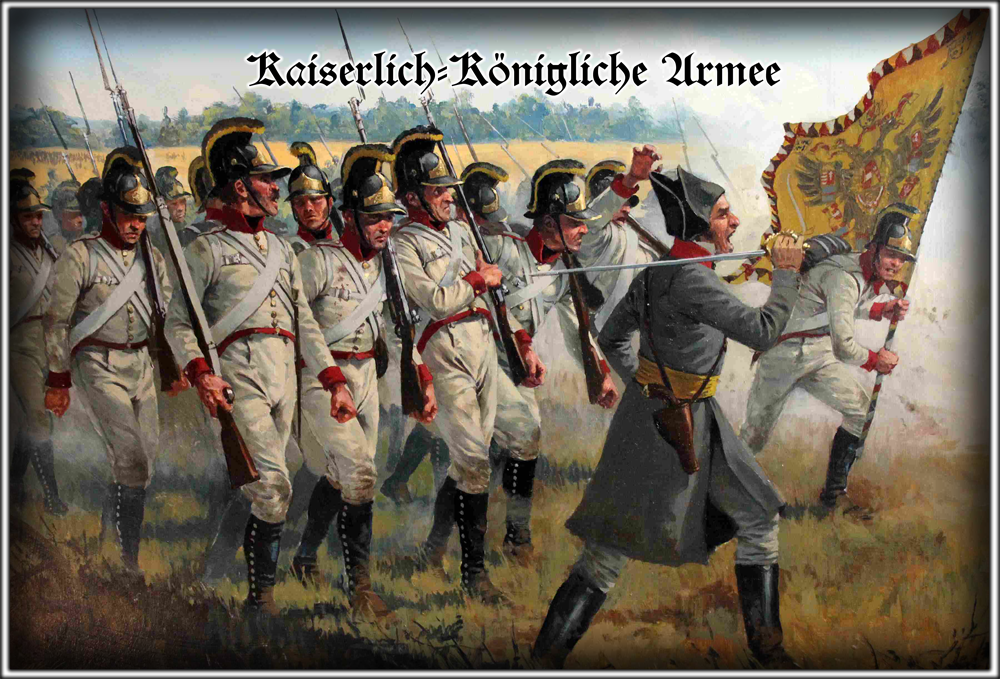

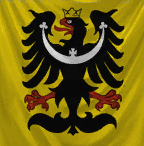

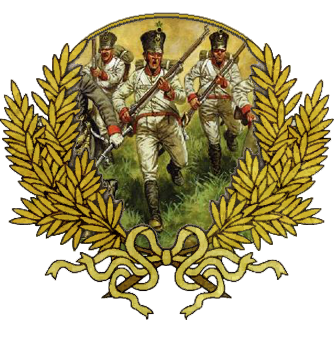



 Maj
Maj  Lt
Lt  Feldwebel
Feldwebel Korporal
Korporal Gefreiter
Gefreiter Grenadier
Grenadier Fusilier
Fusilier Rekrute
Rekrute Reservist
Reservist


 Major
Major  Feldwebel
Feldwebel Korporal
Korporal Gefreiter
Gefreiter Grenadier
Grenadier Fusilier
Fusilier Rekrute
Rekrute Reservist
Reservist



 Rittmeister
Rittmeister  Leutnant
Leutnant  Wachtmeister
Wachtmeister Zugsführer
Zugsführer Obergefreiter
Obergefreiter Husar
Husar Kadett
Kadett Leutnant
Leutnant 

 Leutnant
Leutnant  Fähnrich
Fähnrich Feuerwerker
Feuerwerker Bombadier
Bombadier Kanonier
Kanonier Pionier
Pionier

 Hauptmann
Hauptmann Korporal
Korporal Grenzer
Grenzer Major
Major  Oberleutnant
Oberleutnant 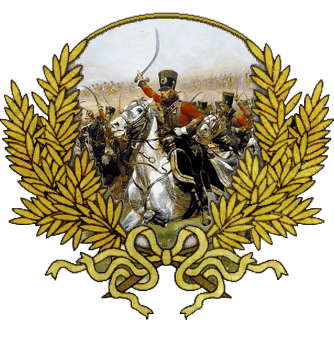
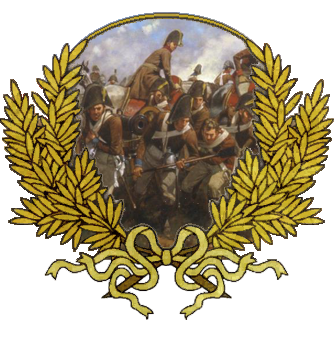

 Oberleutnant
Oberleutnant  Leutnant
Leutnant  Leutnant
Leutnant 
 Hauptmann
Hauptmann 
 Wächter
Wächter